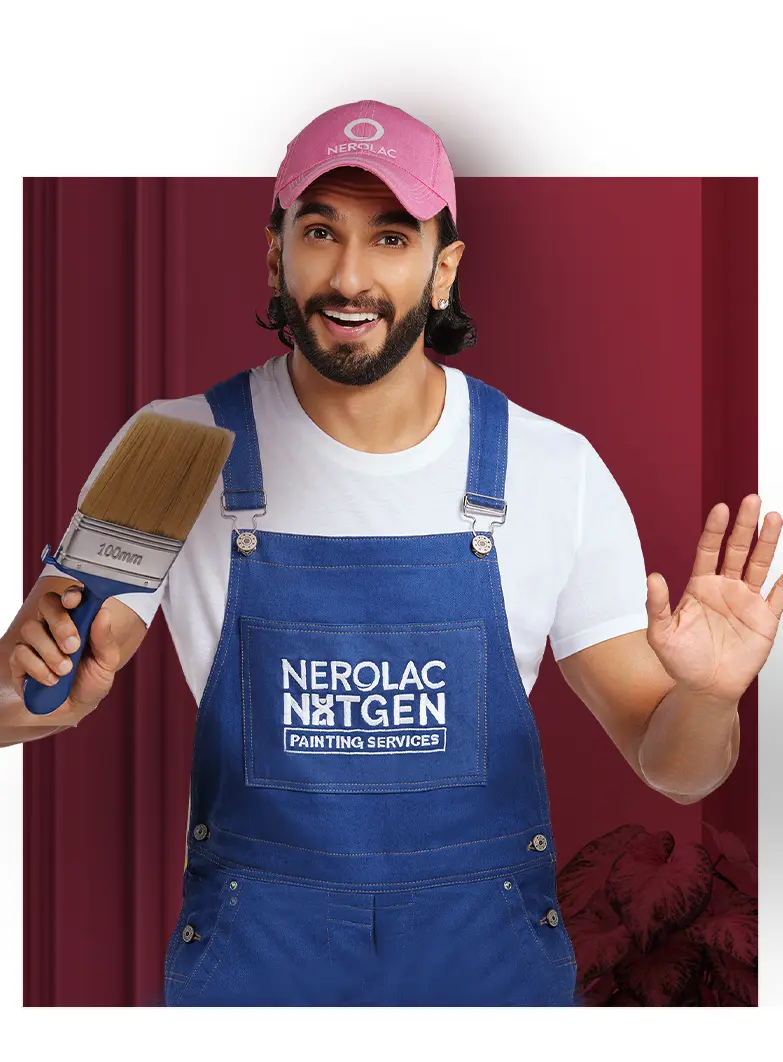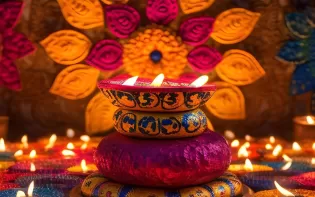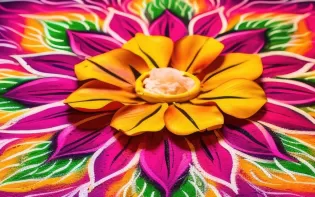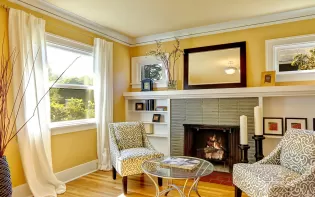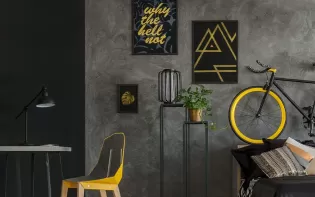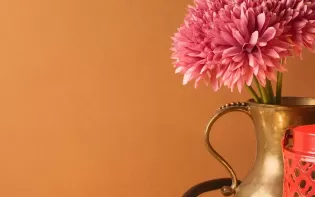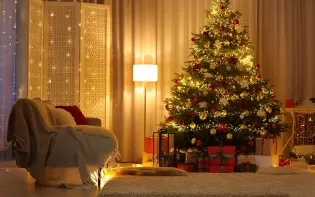
Brown Colour
Discover brown colour shades to add a dynamic touch to your space.
Explore 16 Trending Brown Colour Combination for Walls
Products in this shade & Palette of Brown Colour
Browse through our wide range of paints to find the one that accentuates your home's beauty

Beauty Gold Washable Plus
Nerolac Beauty Gold Washable Plus is an interior emulsion paint has a rich sheen finish, with highes...
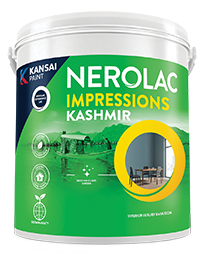
Impressions Kashmir
Nerolac Impressions Kashmir Luxury Emulsion is a superior quality 100% acrylic emulsion based interi...

Neroalc Excel Mica Marble Strech Sheen & Mica Marble Stretch Sheen NXT
Nerolac Excel Mica marble stretch sheen Nxt & Mica Marble Strech Sheen is an extremely durable water...
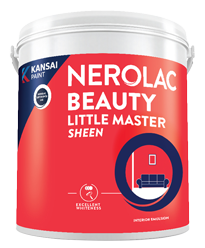
Beauty Little Master Sheen
Nerolac Beauty Little Master Sheen is an Economy Interior Wall Emulsion with very good sheen, smooth...
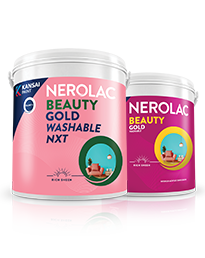
Beauty Gold washable and Beauty Gold Washable NXT
Nerolac Beauty Gold Washable paint has a soft sheen finish, with excellent stain-cleanability at an a...
Trending Colour Shades
Find the Perfect Colour Shades for you walls
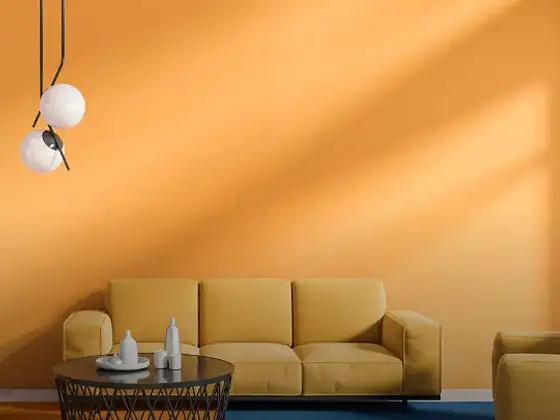
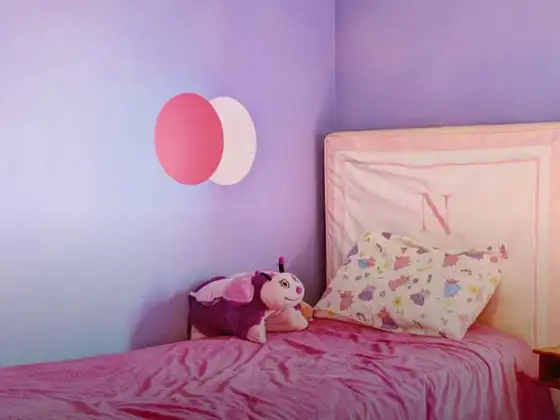
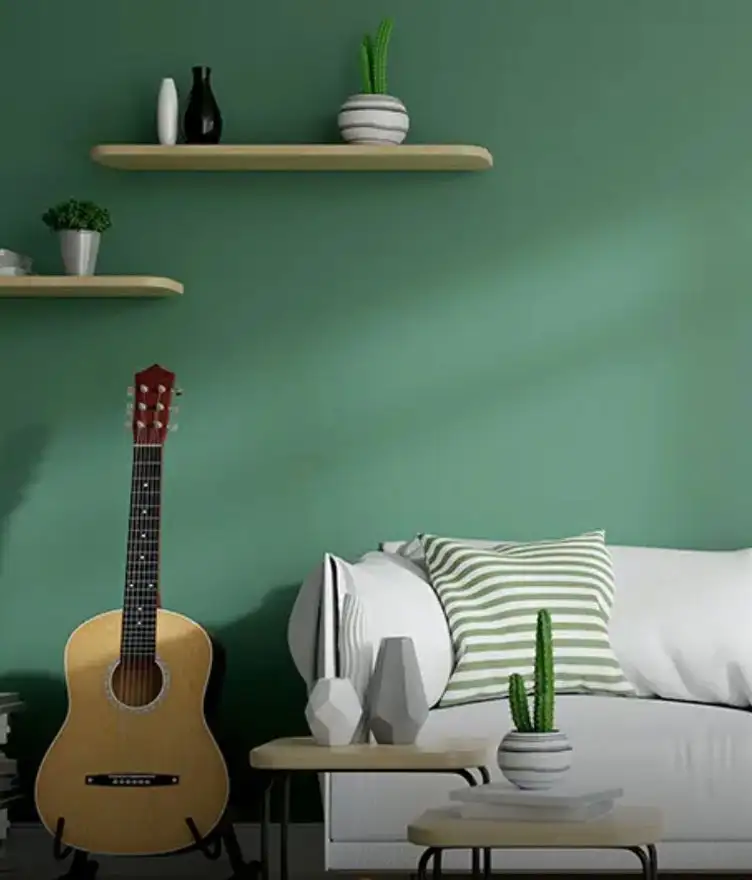
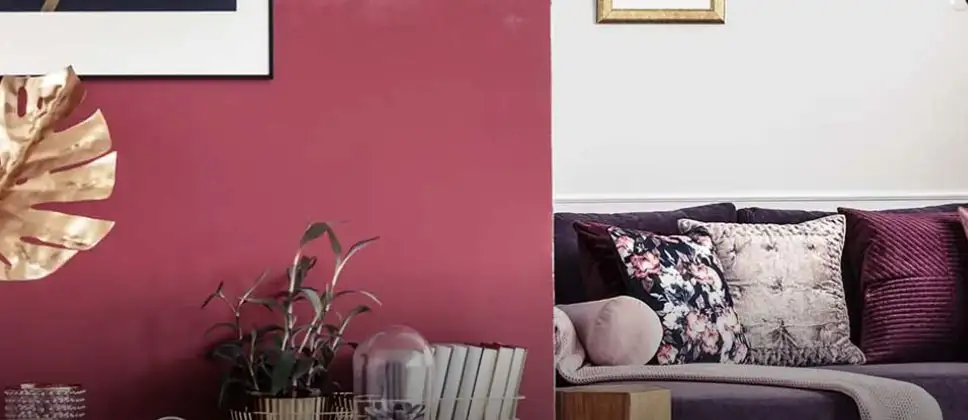
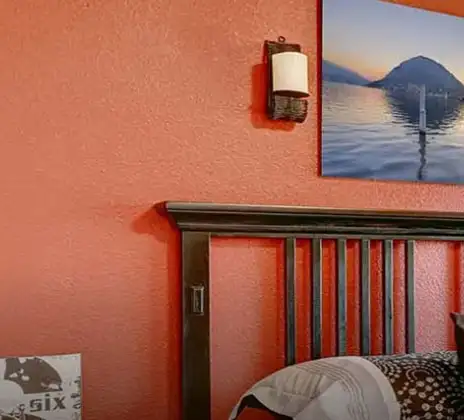
About Brown Colour
Brown Colour Shades, Combinations & Interior Design Ideas for 2025
Brown colour is making a strong comeback in modern homes for 2025. It offers a grounded, earthy look that suits Indian interiors beautifully. Whether you prefer light beiges or deep chocolate tones, brown colour shades can transform any room with warmth and character. This natural tone blends easily with other elements like wood, stone, and fabric, making it a top choice for those seeking calm and comfort in their home.
Designers recommend pairing brown with soft neutrals, rich greens, or colour schemes blue for a modern twist. From statement walls to subtle finishes, the adaptability of different brown colour shades is what makes them timeless. Families often go for warm brown tones in living rooms and bedrooms because they create a cosy, welcoming vibe.
For best results, choose a brown colour combination that matches your furniture and decor. Rich brown shades of colour work best in larger spaces, while lighter tones help brighten up smaller rooms. You can even use brown colour contrast to add depth or highlight a section of a wall.
The Allure of Brown in Modern Interior Design
Brown colour holds a timeless appeal. It connects us to nature, evokes comfort and exudes modest luxury. In Indian homes, designers favour shades like mocha tan, walnut or chestnut. Each shade of brown has its character.
Light brown brings airiness while dark brown adds richness. Modern living rooms often feature wooden furniture in warm brown with soft creams for balance. Kitchens use brown colour contrast by combining cabinets in deep brown with white marble or light counters.
Bedrooms may include brown shades of colour in headboards, rugs, and curtains with gentle pastel walls for a relaxed feel. How do you make brown colour part of your interior? Start with a mood board of fabrics, wood and paint samples.
Brown colour palette is versatile and it suits styles ranging from ethnic to minimal contemporary. It can be traditional or a trend, depending on the way you use it. It can be worn with soft taupe or dramatic chocolate; the draw is the ease with which it matches. In 2025, brown gives a sense of lived-in stylishness to interiors.
Explore Brown Colour Shades & Variants
Brown comes in a wide variety of tones, each offering a different mood. There’s something for every room size and lighting condition. From soft beige to dark espresso, the range of brown colour different shades is ideal for Indian homes. These shades pair naturally with wooden furniture, woven decor, and stone finishes.
Popular types of brown colour shades include:
Amber Brown Colour Shades:
A rich and earthy brown with a reddish undertone, ideal for warm, inviting interiors.Tobacco Brown Colour Shades:
This muted, olive-toned brown gives a vintage and grounded feel to walls.Brown Bowl Colour Shades:
A soft, beige-brown perfect for minimalist themes and subtle warmth.Brown Rice Colour Shades:
A classic mid-tone brown that brings a cosy and natural look to any room.Brown Tint Colour Shades:
A light and amber brown with a creamy base, suitable for modern, neutral spaces.Brownies Colour Shades:
Deep chocolate brown that adds richness and depth to living areas.
Cattail Brown Colour Shades:
This earthy tan brown blends beautifully with nature-inspired décor.Sequoia Brown Colour Shades:
A sandy brown with a warm finish that complements wood and stone accents.Vandyke Brown Colour Shades:
Dark and bold, this deep vandyke brown gives a strong, elegant presence.Yorkshire Brown Colour Shades:
A balanced taupe-brown that works well with both warm and cool palettes.
It is possible to use these various shades of brown colours in a mixture or isolation. Work with light tones in case you have less space to work with. Dark brown walls can be adopted as feature walls, whereas furniture can be painted in dark brown in larger rooms. You can also balance warm browns with cooler colours for a fresh twist.
Nerolac offers paint solutions in all these variants. Look for finishes that are matte or eggshell to get a clean and modern result. Layering shades in brown colour can also add visual interest, especially in open-plan spaces.
How to Make Brown Colour from Scratch
How to Make Brown Colours? In case you are eager to make yourself brown colour by your own means, it is possible to mix pairs of the complementary primary colours. To get different colours of brown, you are able to combine red and green, blue and orange or yellow and purple as well. As an example, red combined with green produces warm, ground colours, and blue and orange combine to produce cool brown.
The method is convenient for artistic mural painting or do-it-yourself crafts. Stir in small quantities at a time, adding water or base binder to achieve the desired depth.
Brown Colour Combination Ideas for Home Interiors
Pairing brown with complementary or contrasting colours can transform your interior. Some tried‑and‑tested brown colour combination ideas include:
- Brown and cream colour combination or beige for seamless neutral walls.
- Brown and deep teal or navy blue for striking colour contrast.
- Brown and olive green or terracotta for a nature‑inspired, retro 70s style appeal.
- Brown and soft pastels like lilac or dusty pink to soften the look while maintaining warmth.
These brown colour contrast combinations update your décor without overwhelming the senses.
Brown Colour Palette & Schemes for Each Room
A well-chosen brown colour palette can bring warmth and calmness to every corner of your home. Let’s explore room-wise ideas:
Brown Colour Palette For Living Room:
Use walnut or coffee brown on the main wall. Add beige or cream sofas. Brass lamps and wooden shelves complete the setting.
Brown Colour Palette For Bedroom:
Go for soft taupe walls. Match with light wooden furniture. Use bedding in ivory or rust to add warmth.
Brown Colour Palette For Kitchen:
Combine tan cabinets with white tiles. Add copper handles for an earthy feel.
Brown Colour Palette For Bathroom:
Choose light brown for walls. Pair with off-white fixtures and stone textures.
Brown Colour Palette For Study Room:
Chocolate brown on one wall creates focus. Use greys and light wood for balance.
These palettes offer flexibility while staying rooted in earthy tones. Nerolac’s curated shades in brown help maintain harmony across all rooms. Pick finishes based on light conditions and room usage.
Brown Wall Design & Texture Paint Ideas
When it comes to wall design, texture plays a key role. With brown colour, you have the chance to use bold or straightforward finishes that match your space. One popular idea is a sponge texture in dual brown tones. This brings a soft, layered look.
For rustic homes, try a matte clay finish in warm brown. In modern settings, vertical brush strokes in mid-tone brown create height. For a more artistic approach, consider abstract patterns in different brown colour shades.
Accent walls in espresso or walnut brown give depth. If you want something subtle, use soft beige with a grainy texture. Metallic finishes are another way to uplift brown tones, primarily when used in entryways or dining areas.
Nerolac’s texture paint options come in various finishes, including matte, eggshell, and velvet. Pick based on foot traffic and room function.
DIY vs Professional Brown Paint Finish
Should you paint the walls yourself or call a professional? It depends on the size of the job and your comfort level. For small spaces like a balcony wall or a feature section, DIY works fine. You can experiment with how do you make brown colour at home by mixing basic shades.
For large areas like living rooms or open layouts, going professional ensures clean lines and a smooth finish. Experts help in selecting the right types of brown colour shades based on room lighting and existing décor. They also use tools that ensure paint stays longer and doesn’t fade.
DIY means the liberty of experimentation. But in case you need textured walls, two-tone designs or paint effects, you are better served to use trained painters. The painting services provided by Nerolac are certified and can assist you in selecting possible shades, finishes, even texts in accordance to the place.
Frequently Asked Questions For Brown Colour Shades & Palette
What colours are included in Brown?
What does Brown colour mean?
What is Brown's code?
What is the contrast colour of the Brown Colour palette?
What are the 10 shades of Brown?
What is a Brown colour named in Hindi?
What is a Brown colour named in Marathi?
What is a Brown colour named in Kannada?
Create magic with our inspiring Two Colour Combinations!
-
Orange And Lilac Colour Combination
-
Red And Brown Colour Combination
-
Yellow And Blue Colour Combination
-
Yellow And Green Colour Combination
-
Yellow And Orange Colour Combination
-
Yellow And Red Colour Combinations
-
Orange And Brown Colour Combination
-
Orange And Gold Colour Combination
-
Orange And Grey Colour Combination
-
Orange And Cream Colour Combination
-
Orange And Peach Colour Combination
-
Orange and Red Colour Combination
-
Orange And Purple Colour Combination
-
Orange And Pink Colour Combination
-
Orange And White Colour Combination
-
Orange And Neutral Colour Combination
-
Orange And Beige Colour Combination
-
Orange And Violet Colour Combination
-
Orange And Blue Colour Combination
-
Orange And Green Colour Combination
Get in Touch
Looking for something else? Drop your query and we will contact you.
Popular Searches
-

Get in Touch Get in Touch -

Store Locator Store Locator -

Download App Download App
Get in Touch
Looking for something else? Drop your query and we will contact you.



